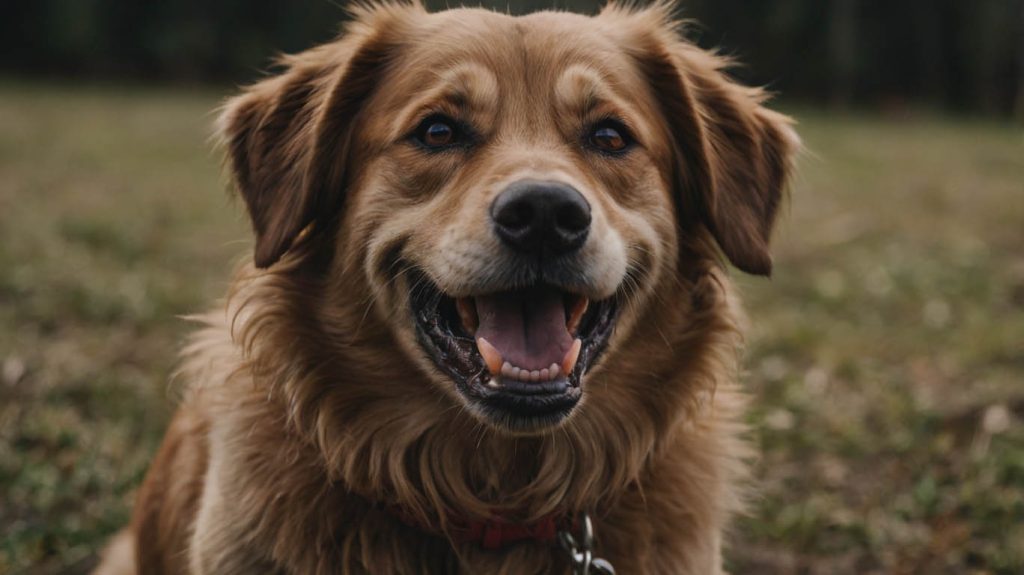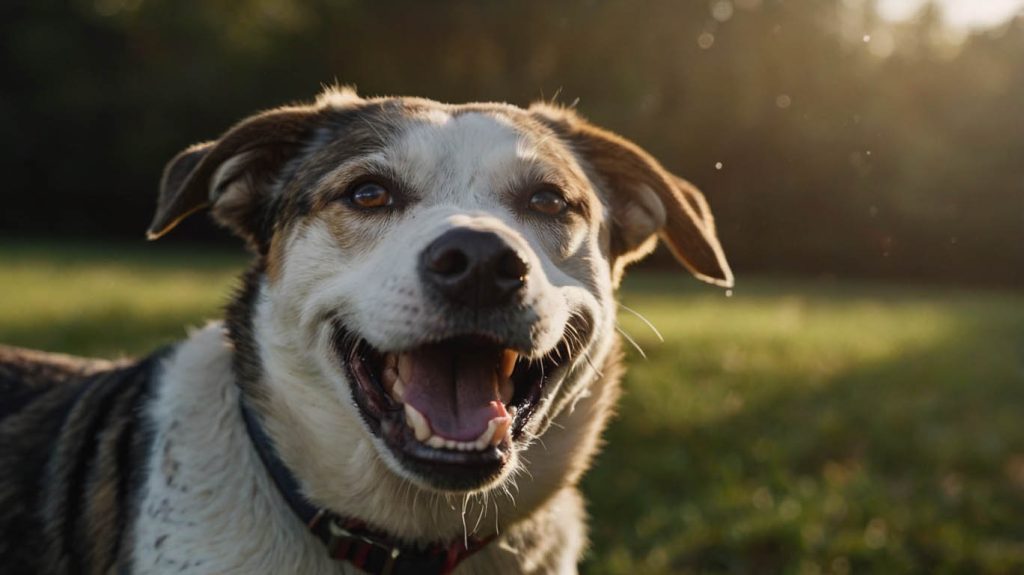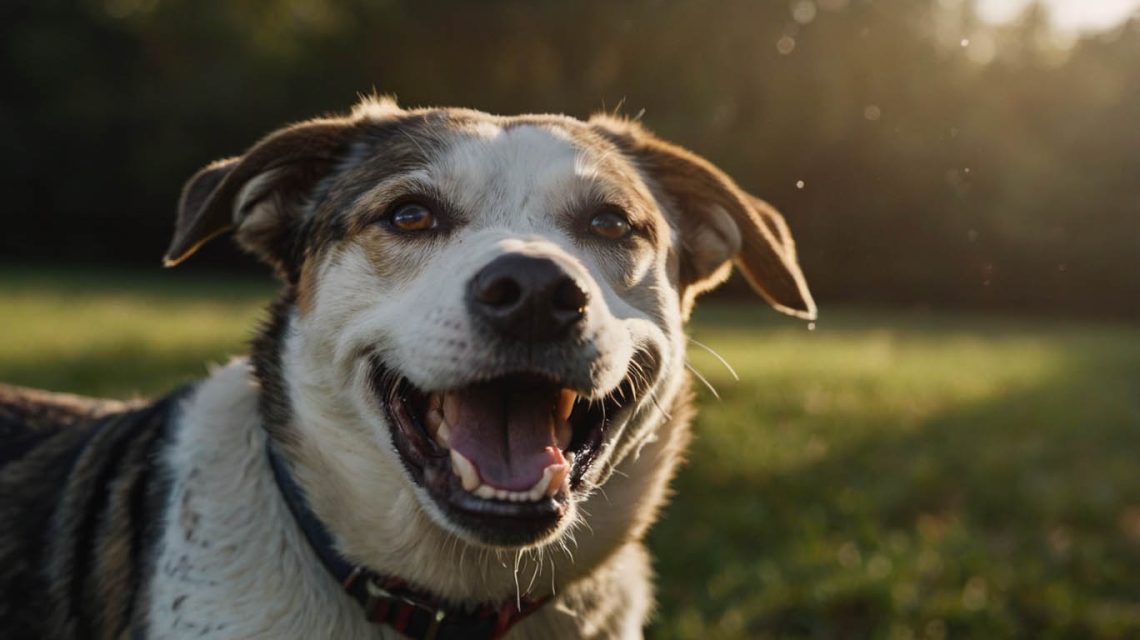Decoding Dog Panting Stress: The Ultimate Guide for Worried Pet Owners
Your dog is your constant companion, a source of endless joy and comfort. So, when you notice them panting heavily during a quiet evening or before a car ride, it’s natural to feel a pang of concern. While panting is a normal canine behavior, it can also be a key indicator of anxiety and fear. Understanding the nuances of dog panting stress is one of the most vital skills a pet owner can develop. It allows you to tune into your dog’s emotional state, identify their stressors, and ultimately provide the support they need to feel safe and secure.
Panting isn’t just about cooling down after a game of fetch. In fact, it’s a complex communication tool. This guide will walk you through the entire storyline of stress-related panting in dogs. We will start by helping you differentiate between normal panting and anxiety-driven panting, then explore the common causes, and finally, provide you with powerful, actionable strategies to manage your dog’s stress. Consequently, you will move from a state of worry to one of empowered confidence in caring for your furry friend.
Why Understanding Dog Panting Stress is So Important
Before we analyze the specific signs, it’s crucial to understand the “why.” Dogs can’t use words to tell us they are scared, anxious, or in pain. Instead, they rely on a sophisticated system of body language, and panting is a major part of that vocabulary. Ignoring persistent or out-of-context panting means you might be missing significant clues about your dog’s well-being.
Chronic stress, if left unaddressed, can lead to more severe behavioral issues and even impact your dog’s physical health. For instance, prolonged anxiety can weaken the immune system and exacerbate other medical conditions. Therefore, recognizing dog panting stress is the first step toward creating a more peaceful and stable environment for your pet and strengthening your bond.

Normal Panting vs. Signs of Dog Panting Stress
The key to decoding your dog’s behavior lies in context. A dog panting after a vigorous run is normal; a dog panting while lying in a cool, quiet room is a cause for investigation. Here’s how to tell the difference.
Optimizing Your View of Normal Dog Panting
Normal panting is primarily for thermoregulation (cooling down). It typically looks like this:
- Relaxed Body: The dog’s body is loose and comfortable. Their ears and tail are in a neutral position.
- Soft Mouth: The corners of their mouth might be turned up slightly, resembling a smile.
- Rhythmic and Shallow: The breathing is relatively fast but consistent and not overly deep or labored.
- Context-Appropriate: It happens during or after exercise, excitement (like seeing you come home), or when it’s hot.
Identifying the Alarming Signs of Dog Panting Stress
Dog panting stress looks and feels different. It is often accompanied by other signals of anxiety. Pay close attention to these signs:
- Tense Body: The dog’s body is rigid. Their muscles may be visibly tense, and they may have a low or tucked tail.
- Shallow, Rapid Breaths: The panting is often faster and more shallow than normal cooling panting. Sometimes, it can be very heavy and loud.
- Wide Eyes and “Whale Eye”: Their eyes may be wide, showing the whites (known as “whale eye”). Their pupils might also be dilated.
- Other Stress Signals: This type of panting rarely happens in isolation. Look for concurrent signs like excessive yawning, lip licking, drooling, pacing, whining, or trying to hide. This combination is a classic indicator of dog panting stress.

Common Causes Behind Your Dog Panting from Stress
Once you’ve identified that your dog is likely panting from stress, the next step is to play detective and figure out the cause. The trigger could be something obvious or something more subtle.
Environmental Triggers and Dog Panting Stress
Many dogs are sensitive to changes or specific stimuli in their environment. These are some of the most common triggers for dog panting stress:
- Loud Noises: Thunderstorms, fireworks, construction sounds, and even vacuum cleaners can be terrifying for many dogs.
- Car Rides: The motion, sounds, and unfamiliar environment can cause significant anxiety.
- Veterinarian Visits: The combination of strange smells, other anxious animals, and unfamiliar handling makes the vet clinic a top stressor.
- New People or Situations: Having guests over, visiting a new place, or introducing a new pet can be overwhelming.
Separation Anxiety and Dog Panting Stress
Separation anxiety is a serious condition where a dog experiences panic when left alone. Dog panting stress is a hallmark symptom, often beginning as the owner prepares to leave. It can be accompanied by destructive behavior, barking, and house soiling. This isn’t bad behavior; it’s a genuine panic attack.
Pain or Illness as a Source of Dog Panting Stress
This is a critical point that every owner must consider. Sometimes, what looks like behavioral stress is actually a sign of physical pain. A dog can’t tell you their stomach hurts or their joints are aching, so they may express their discomfort through heavy panting. Medical conditions that can cause this include:
- Gastrointestinal upset
- Arthritis or other joint pain
- Heart conditions
- Respiratory issues
- Cushing’s disease
- Poisoning
For this reason, a sudden, unexplained onset of stress panting always warrants a visit to the veterinarian to rule out an underlying medical cause. Reputable sources like the American Kennel Club (AKC) provide detailed information on signs of pain in dogs.
Top Strategies to Manage Dog Panting Stress
After consulting your vet to rule out medical issues, you can implement strategies to manage your dog’s anxiety.
Creating a Safe Space to Alleviate Dog Panting Stress
Every dog needs a “den” – a safe, quiet place where they can retreat when they feel overwhelmed. This could be a crate (covered with a blanket), a specific bed in a quiet corner, or a small room. This space should be associated with only positive things, like special toys or treats.
Using Calming Techniques for Dog Panting Stress
There are many tools and techniques available to help soothe an anxious dog:
- Pheromone Diffusers: Products like Adaptil mimic the calming pheromones a mother dog releases, creating a sense of well-being.
- Anxiety Wraps: Garments like the ThunderShirt apply gentle, constant pressure to the dog’s torso, which has a calming effect similar to swaddling an infant.
- Behavior Modification: For predictable stressors like car rides, you can use counter-conditioning and desensitization. This involves gradually exposing your dog to the trigger at a low intensity while pairing it with something they love, like high-value treats. For more guidance, our [Internal Link: Beginner’s Guide to Positive Reinforcement Training] can help.
When to Consult a Professional for Your Dog’s Panting Stress
If your dog’s anxiety is severe, don’t hesitate to seek professional help. A veterinarian can discuss medication options if appropriate. Furthermore, a certified veterinary behaviorist or a certified professional dog trainer can create a tailored behavior modification plan to address the root cause of the dog panting stress.
When Dog Panting Stress Becomes an Emergency
In some cases, heavy panting is a sign of a life-threatening emergency. You must seek immediate veterinary care if you see:
- Panting accompanied by pale, blue, or bright red gums.
- Extreme lethargy, weakness, or collapse.
- Panting along with a hard, distended abdomen (a sign of bloat).
- Non-stop, frantic panting that doesn’t resolve when the stressor is removed.
- Any signs of heatstroke, such as disorientation or vomiting.
You Are Your Dog’s Best Advocate
Your dog’s panting tells a story. By learning to read the signs, you transform from a passive observer into an active, empathetic listener. Understanding dog panting stress allows you to identify your dog’s fears, advocate for their needs, and take concrete steps to make their world feel safer. It’s a skill that deepens your bond and dramatically improves your dog’s quality of life.
Take the next step in becoming an expert on your dog’s well-being. Explore our detailed article on [How to Read Your Dog’s Body Language] to further decode what your pet is trying to tell you. Your dog is counting on you to understand their language.


